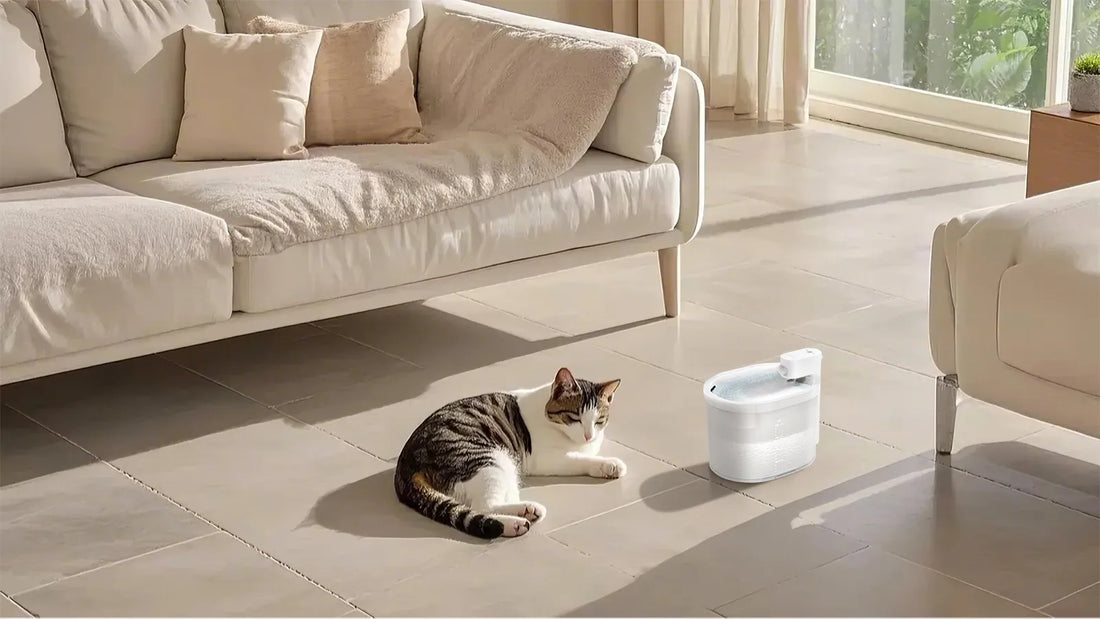Have you ever wondered why your cat bolts at the sight of a bathtub or a running faucet? The aversion to water is a common trait among felines, but the reasons behind it are more complex than you might think. From evolutionary instincts to sensory sensitivities, there are several factors that contribute to why cats hate water. This article dives deep into the fascinating world of feline behavior to uncover the truth behind this curious phenomenon.
Evolutionary Roots of Feline Water Aversion
Cats are descendants of desert-dwelling ancestors who had little exposure to large bodies of water. In arid environments, water was scarce, and felines evolved to rely on their prey for hydration. This lack of interaction with water over thousands of years has ingrained a natural wariness of it in their DNA. Unlike dogs, which have been domesticated for hunting and retrieving in water-rich environments, cats have not developed the same affinity for aquatic activities.
Sensory Sensitivities and Water
Another reason cats hate water lies in their highly sensitive sensory systems. A cat's fur is designed to insulate and protect them from extreme temperatures. When wet, their fur becomes heavy and uncomfortable, making it difficult for them to move efficiently. Additionally, water can alter the scent markers that cats use to navigate their environment, causing them stress and confusion. The sound of running water can also be overwhelming for their sensitive ears, further reinforcing their aversion.
Negative Experiences with Water
For many cats, their dislike of water stems from negative experiences. Being forced into a bath or accidentally falling into water can create lasting trauma. Cats are creatures of habit, and a single unpleasant encounter with water can make them wary of it for life. This is why it's important to introduce water to cats in a positive and gradual manner, especially during their early developmental stages.
Exceptions to the Rule
While most cats hate water, there are exceptions. Certain breeds, such as the Turkish Van and Bengal, are known for their affinity for swimming and playing in water. These breeds have genetic traits that make them more comfortable in aquatic environments. However, even among these water-loving felines, individual preferences can vary widely.
How to Help Your Cat Overcome Water Aversion
If you need to bathe your cat or introduce them to water for any reason, it's essential to do so with patience and care. Start by using a shallow container and lukewarm water to minimize discomfort. Use gentle, cat-friendly shampoos and avoid getting water in their ears or eyes. Reward your cat with treats and praise to create a positive association with water. Over time, your cat may become more tolerant, if not entirely comfortable, with the experience.
Understanding Your Cat's Unique Preferences
Every cat is different, and their relationship with water is no exception. Some cats may enjoy playing with dripping faucets or splashing in puddles, while others will avoid water at all costs. Pay attention to your cat's behavior and respect their boundaries. Forcing them into situations they find stressful can damage your bond and create long-term anxiety.
Understanding why cats hate water is key to building a stronger relationship with your feline friend. By respecting their instincts and preferences, you can help them feel safe and secure in their environment. Whether your cat is a water hater or an occasional splasher, their unique personality is what makes them so special. So, the next time your cat dashes away from the bathtub, remember that their aversion is just another fascinating aspect of their complex nature.














